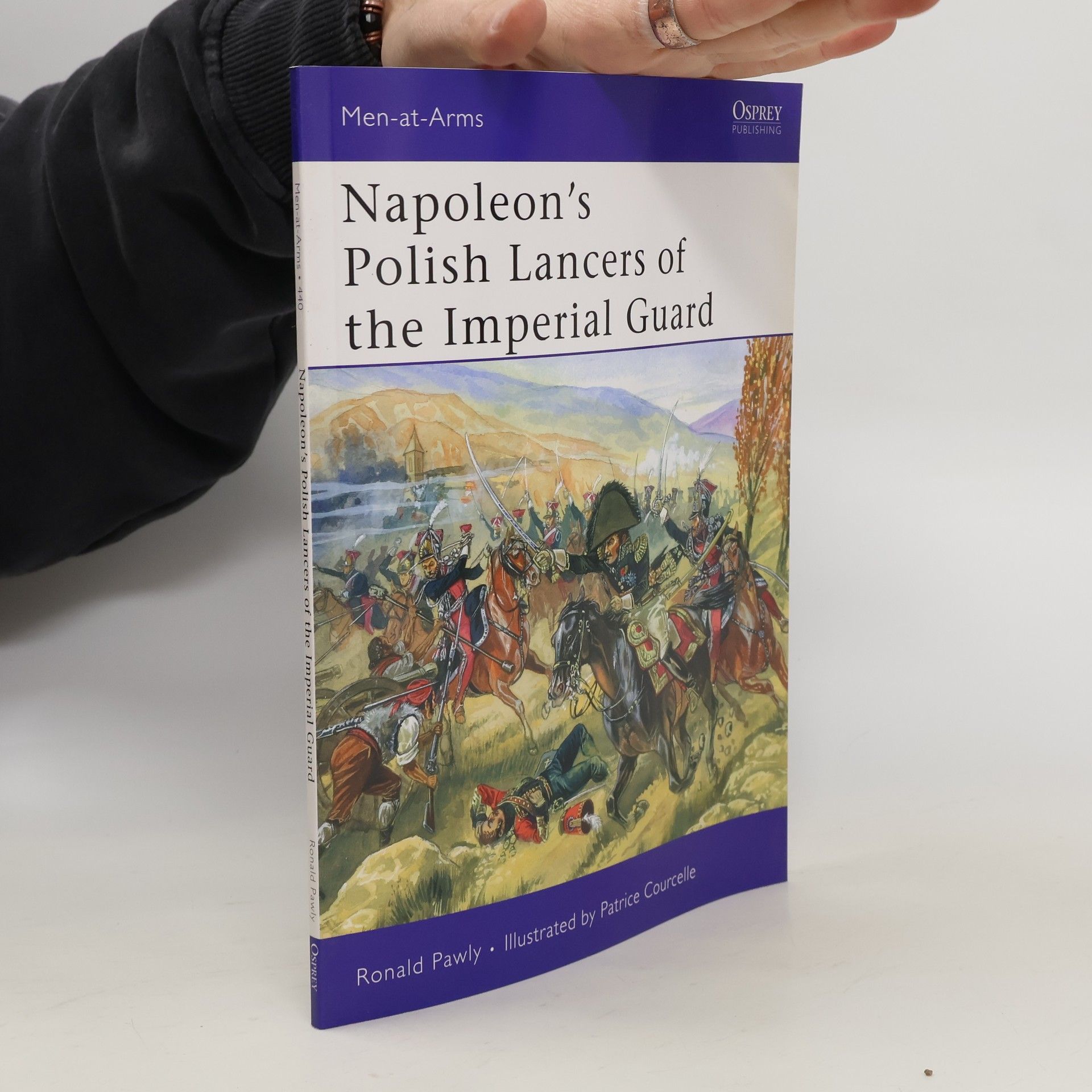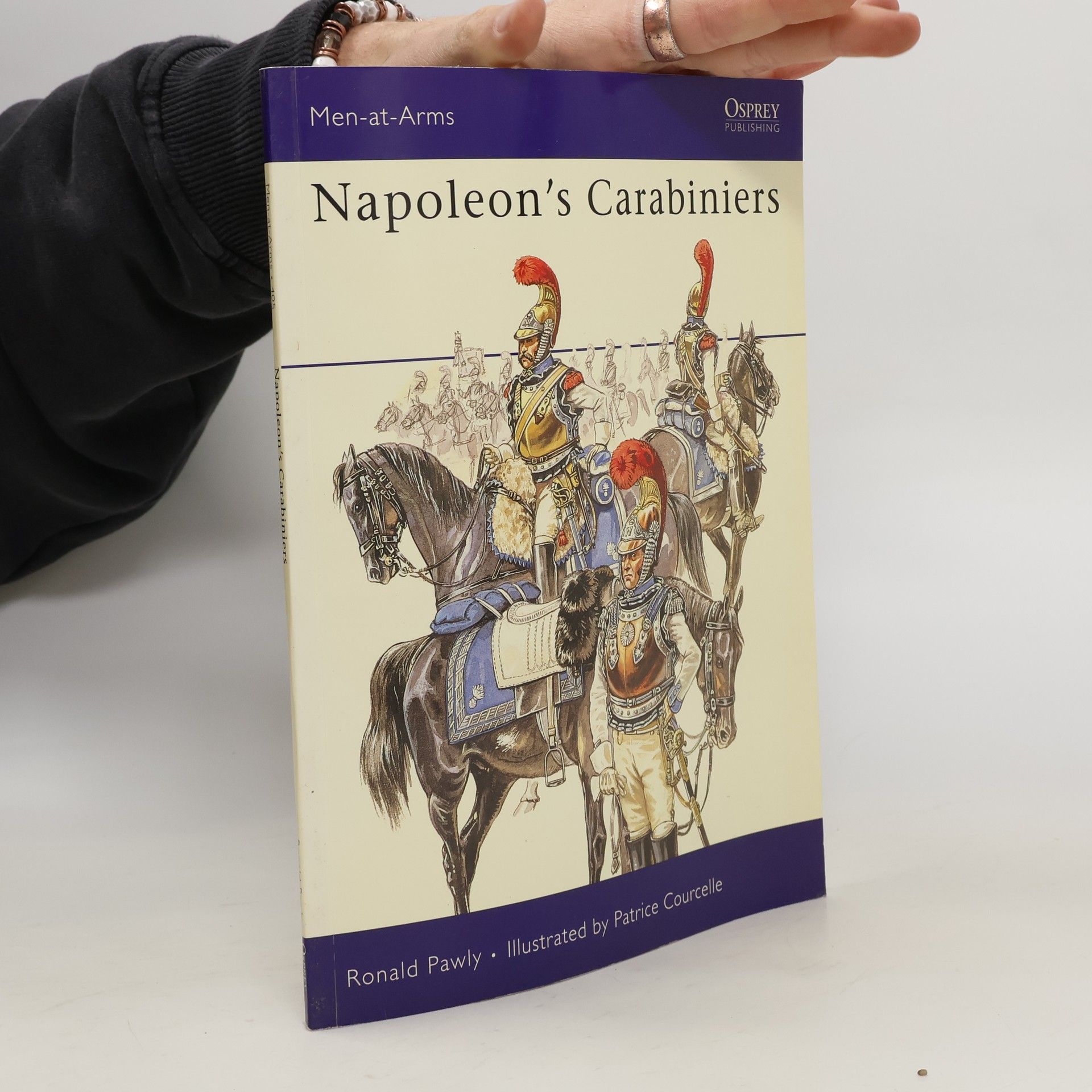Ronald Pawly Book order
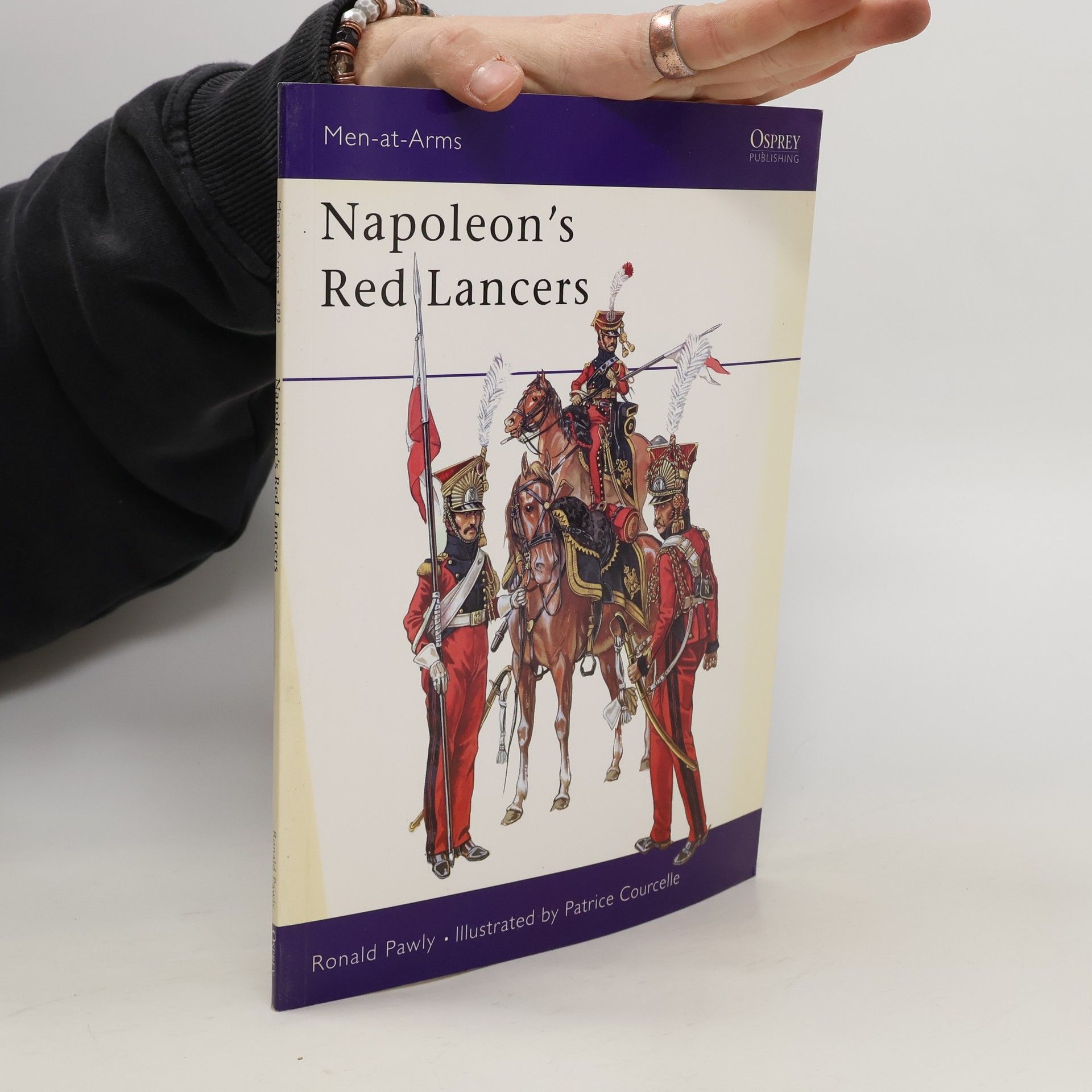
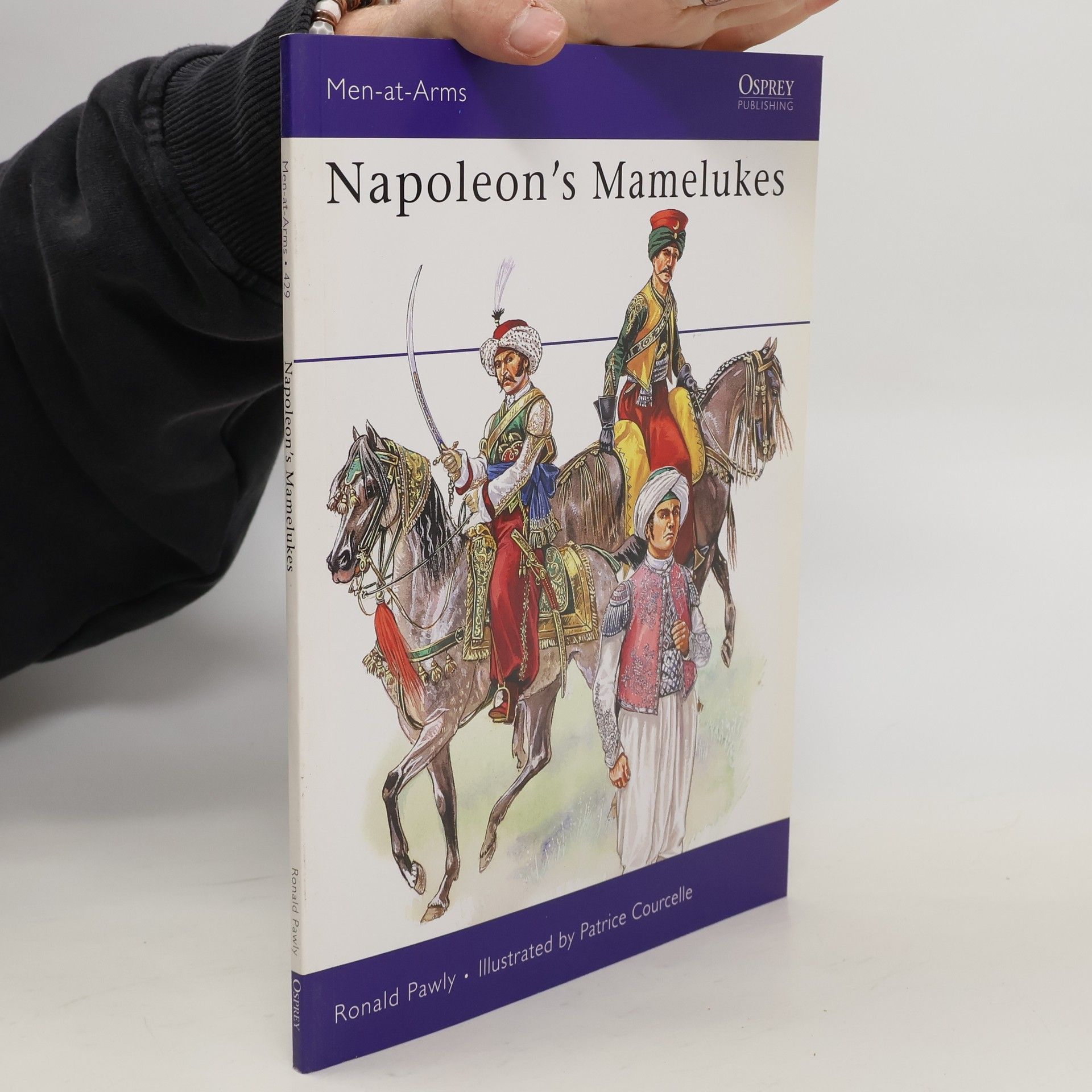
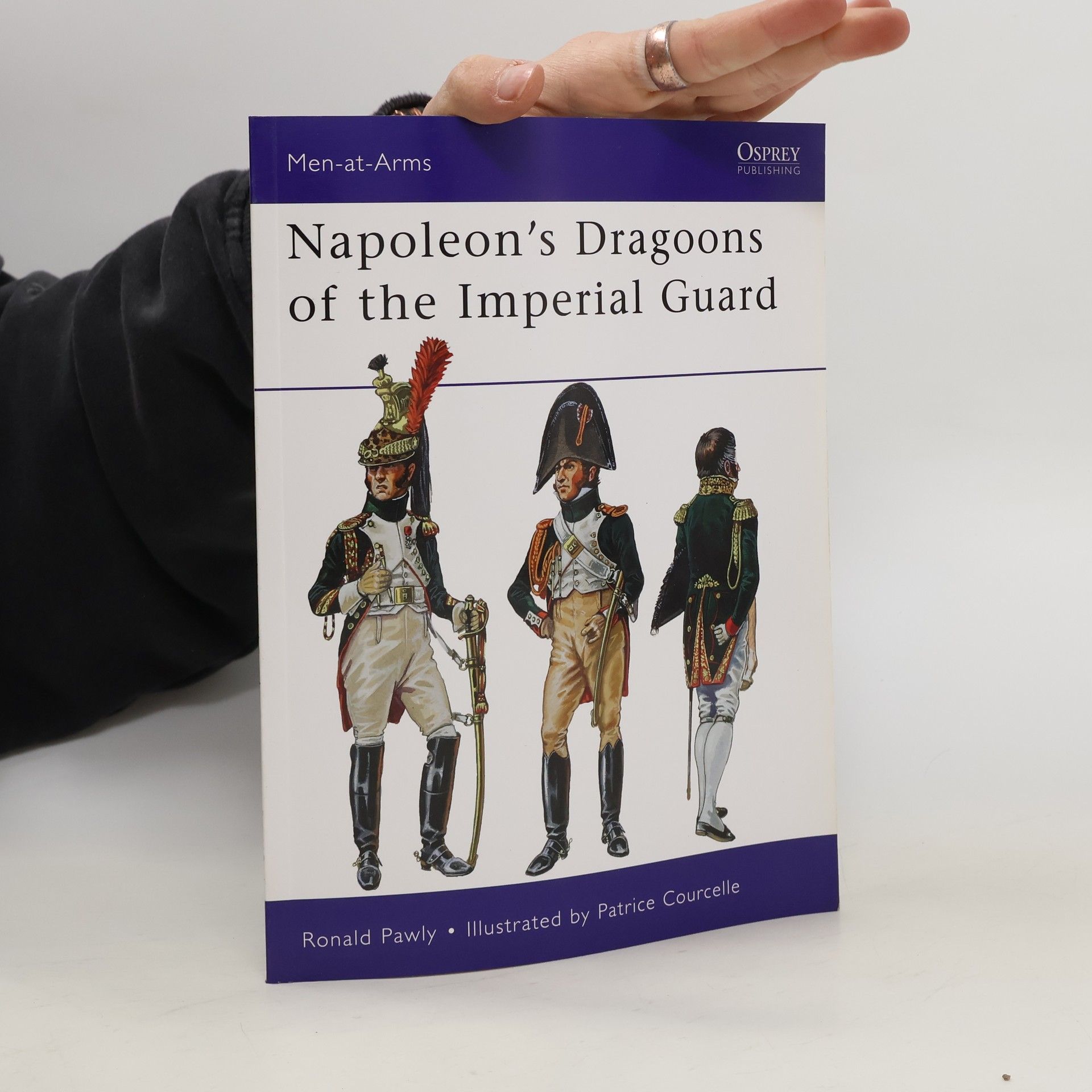
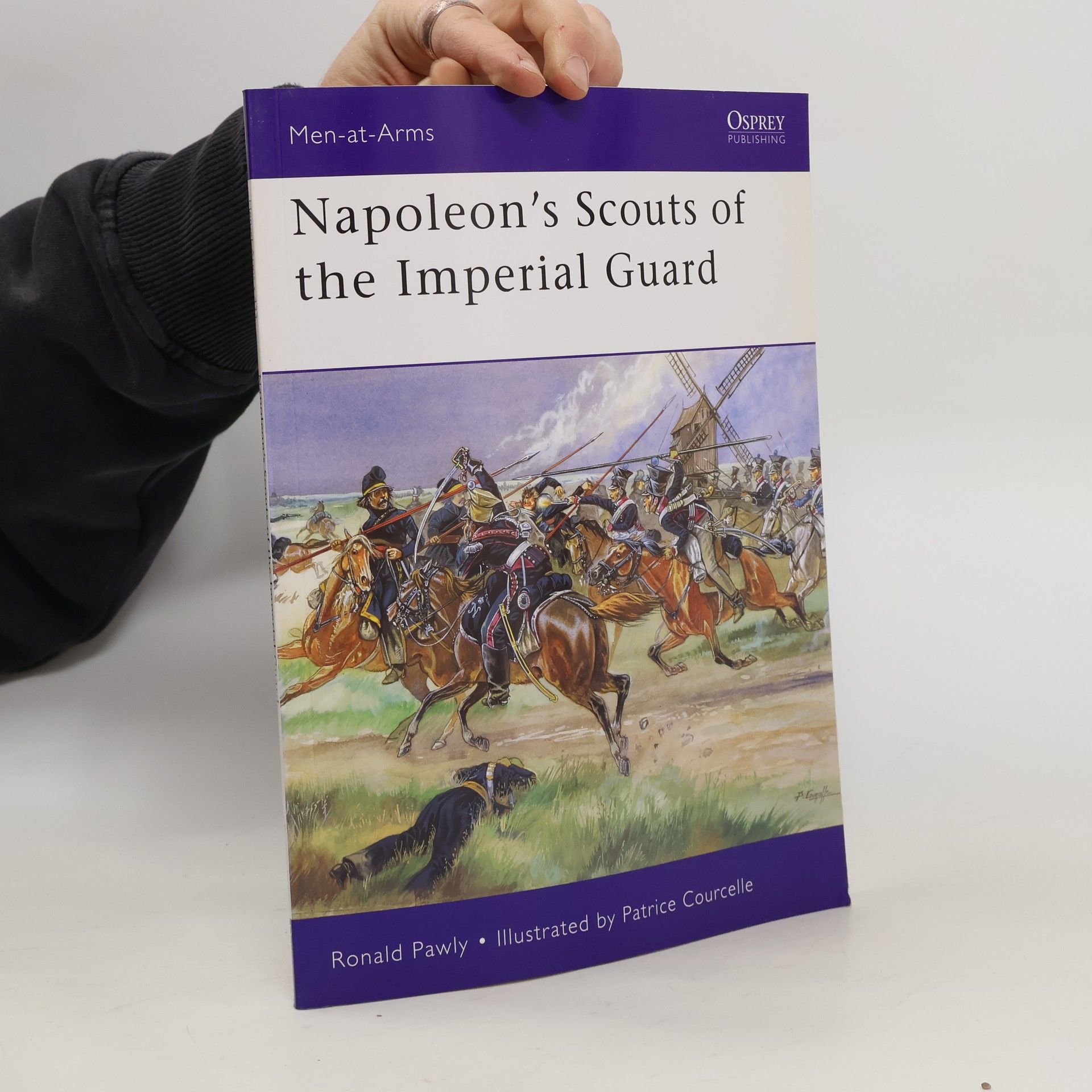
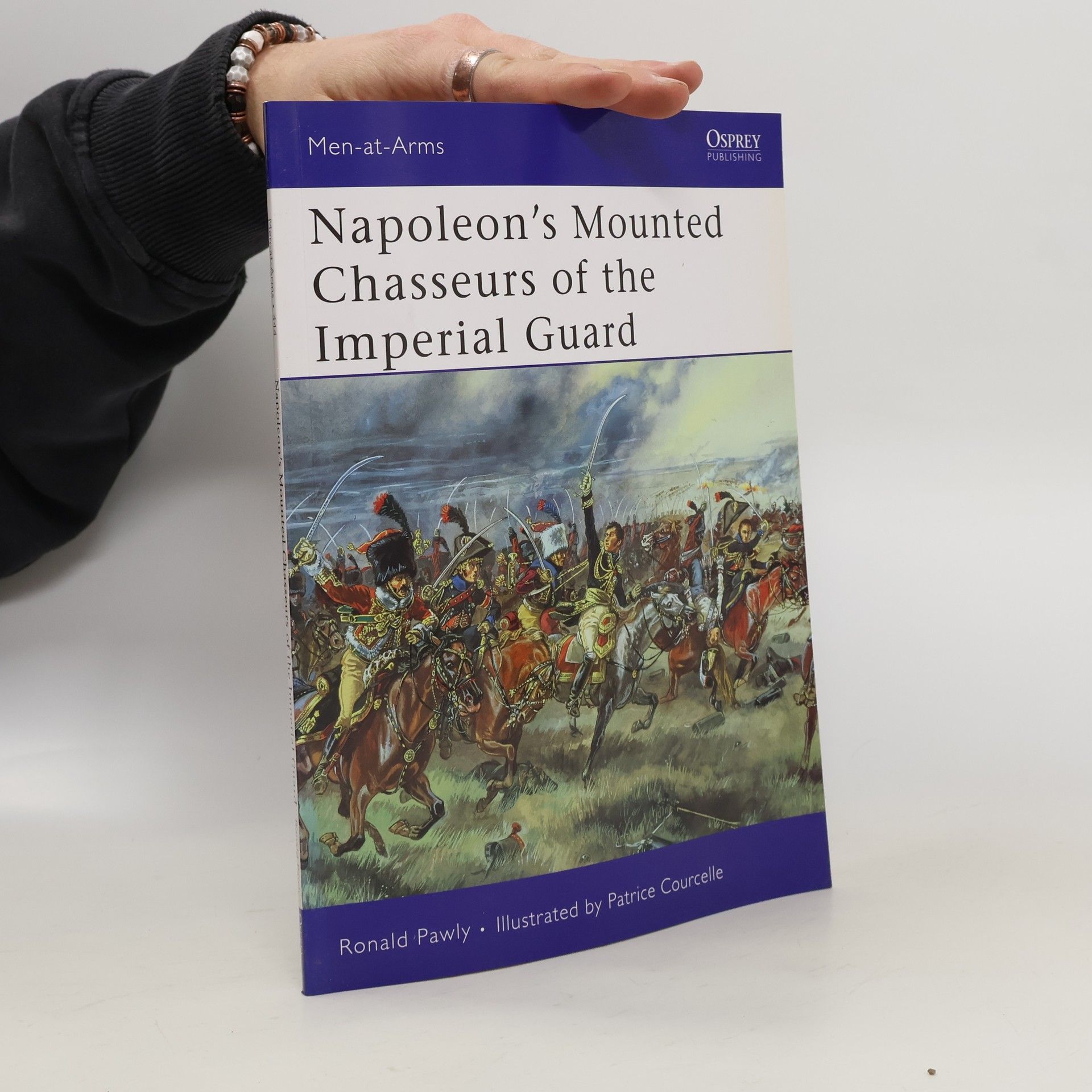

- 2012
- 2009
Mounted Grenadiers of the Imperial Guard
- 48 pages
- 2 hours of reading
Mounted upon their huge black horses, the Mounted Grenadiers of the Imperial Guard were the senior heavy cavalry unit of the French army and were never defeated in battle. Their long list of battle honors earned them the nicknames 'the Giants' and 'the Gods'.In this latest addition to the Osprey mini-series on the Imperial Guard, author Ronald Pawly tells the story of this famous unit using unparalleled documentary and pictorial sources. Along with detailed artwork depicting the unit's colorful uniforms, this book gives a history of the unit's organization and record drawn from original letters, orders, and inspection reports that still survive in the Paris Archives. Interspersed are the stories of some of the individuals that served in the Mounted Grenadiers and helped to make it one of the most storied units to have served during the Napoleonic Wars (1799-1815).
- 2008
Napoleon’s Mounted Chasseurs of the Imperial Guard
- 48 pages
- 2 hours of reading
A concise history of the hand-picked elite cavalry guard that served as Napoleon's close personal escort and were committed to the most dangerous areas of combat on the battlefield. Formed from his original escort of "Guides" and the "Consular Guard" in 1799, the Mounted Chasseurs were a personal favourite of the Emperor, who wore their uniform on campaign. Ronald Pawly's unique research into regimental archives has uncovered unprecedented detail about this exceptional unit and its soldiers and officers. With their colorful uniforms recreated in full-color artwork and accounts of their actions in the most critical battles of the Napoleonic Wars (1799-1815), this book provides a comprehensive description of a legendary elite.
- 2007
Napoleon's Polish Lancers of the Imperial Guard
- 48 pages
- 2 hours of reading
Napoleon's Polish Lancers of the Guard were unique in their appearance and in their loyalty. This book reveals their varied and colorful uniforms as well as their long and loyal service for the Bonaparte cause during the Napoleonic Wars (1799-1815). The Poles were the only foreign contingent never to defect from Napoleon's cause, staying faithful to the end - a squadron even accompanied Napoleon into exile on Elba, and the Guard reformed in 1815 to charge at Waterloo. In 1808, when Napoleon was smashing his way through the Spanish armies to get at British forces in the Peninsular, the Poles astounded observers with their extreme acts of courage and military daring. In one memorable instance the Poles captured a defended mountain pass at Somosierra, overrunning four batteries of cannons in the process. It was they who introduced the use of the lance to the French army, adding a new tactical dimension to the use of the cavalry on the battlefield and demonstrated its deadly effects in all of Napoleon's most famous victories - particularly Wagram in 1809. Brave and ruthless in equal measures, this is a fascinating insight into the fighting lives of the legendary Polish Lancers.
- 2006
Napoleon’s Scouts of the Imperial Guard
- 48 pages
- 2 hours of reading
Napoleon's last 'Campaign of France' in 1814 proved to be one of his most brilliant during the Napoleonic Wars (1799-1815). He relied as never before on committing his elite Imperial Guard cavalry to battle. He raised three new regiments of crack Éclaireurs – 'Scouts' – which were attached to the Guard Mounted Grenadiers, Empress's Dragoons and Polish Lancers respectively which would counterattack the Cossacks and gather vital information. Each regiment had its own style of uniform, but part of each was armed with lances. Although they were short-lived, these Scout units greatly distinguished themselves in the last battles of the collapsing Empire.
- 2006
Napoleon's Mamelukes
- 48 pages
- 2 hours of reading
The most exotic of all the troops of Napoleon's Imperial Guard were undoubtedly the Mamelukes - the bodyguard of Oriental cavalry which followed him home after the Egyptian expedition of 1798-1801, and remained with his Mounted Chasseurs regiment throughout the First Empire. For the first time in English, this book tells the Mamelukes' story, from Austerlitz (1805) to Waterloo (1815). Quoting from the original nominal rolls and battle casualty returns, the author brings individual members of this extraordinary unit to life. His text is illustrated with rare early engravings and paintings, and the full-colour plates show the development of the unit's romantic Turkish uniforms.
- 2005
The two privileged regiments of Carabiniers survived the Napoleonic Wars (1977-1815) with their elite status intact. They covered themselves with glory at Austerlitz, Friedland, Ratisbonne and Wagram - where their bloody losses shocked Napoleon into ordering them new helmets and cuirasses. Re-formed after near annihilation in Russia in 1812, they fought at Leipzig and in many actions of the 1814 French campaign, and made one of the final charges at Waterloo in 1815. lllustrated with rare early prints and meticulous colour reconstructions, this book details their story, and their unique uniforms, from surviving period documents.
- 2004
Napoleon's Imperial Headquarters (1): Organization and Personnel
- 64 pages
- 3 hours of reading
Exploring the intricate structure behind Napoleon's military operations, this study highlights the crucial role of Marshal Berthier and the 1,500 officers and men who formed the Emperor's command and support system. Organized into various bureaux, this 'military machine' ensured that Napoleon had access to vital information and resources, replicating the comforts of his palaces even in frontline camps. The book delves into how this entourage facilitated the movement of vast armies across Europe, showcasing the logistics behind his military prowess.
- 2003
Napoleon's Red Lancers
- 48 pages
- 2 hours of reading
The legendary Dutch 'Red' Lancers – the 2nd Light Horse Lancers of Napoleon's Imperial Guard – were formed in 1810, during the Napoleonic Wars (1799-1815), after the emperor annexed Holland and its army to France. The former hussars of the Dutch Royal Guard got a handsome new uniform, a new weapon, and a hard-driving new colonel in Baron Edouard Colbert. His lancers distinguished themselves in Russia in 1812, at huge cost; in Germany in 1813, and in the Low Countries in 1814. When Napoleon returned from exile in 1815 the Red Lancers were with him until night fell over Waterloo. Ronald Pawly is the world's leading expert on the archival and pictorial record left by this regiment; his detailed text is illustrated with rare portraits and photographs, and eight glowing colour plates of a surprisingly wide variety of uniforms.
- 2001
Wellington's Belgian Allies 1815
- 48 pages
- 2 hours of reading
The army commanded by the Duke of Wellington at Quatre-Bras and Waterloo included two infantry divisions and three cavalry brigades of the newly-unified Netherlands (or 'Dutch-Belgian') army. The part played by these troops in the two battles of the Napoleonic Wars (1799-1815), under experienced officers many of whom had seen long service in Napoleon's campaigns, has often been unjustly dismissed by British commentators. The organisation, uniforms, and battle record of the Belgian units are explained here in detail by an experienced researcher in Continental archives, and illustrated by a specialist in the period, who actually lives at Waterloo.
